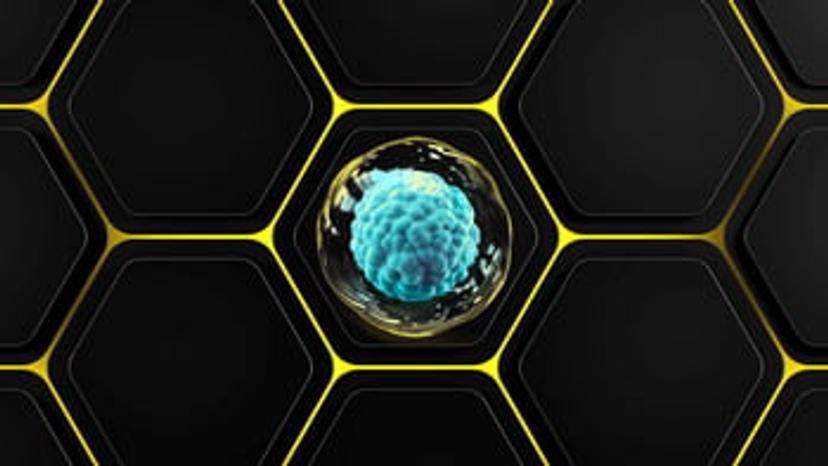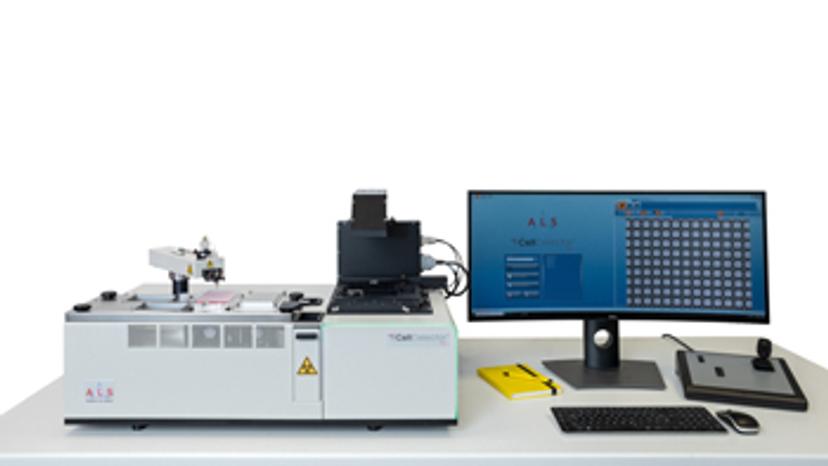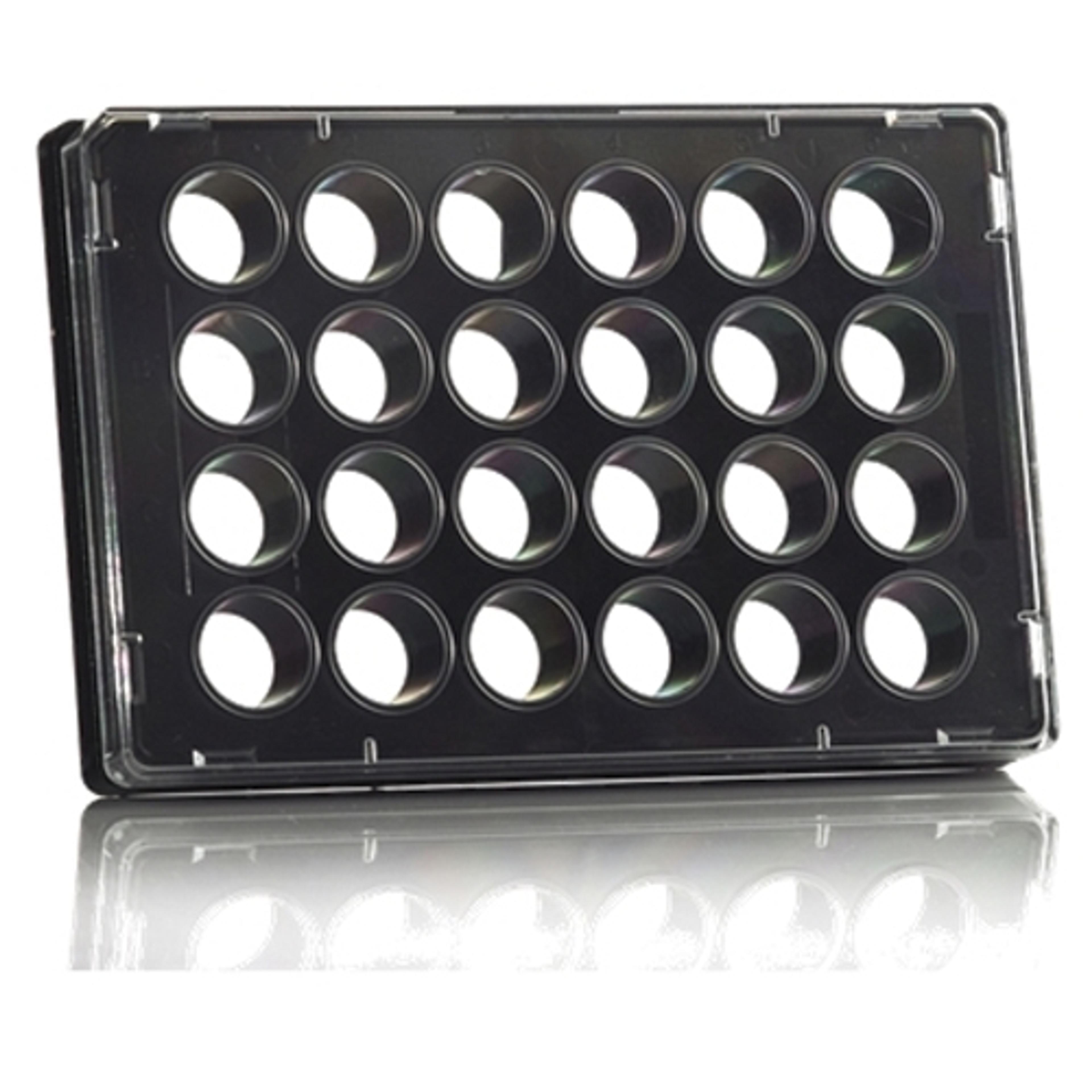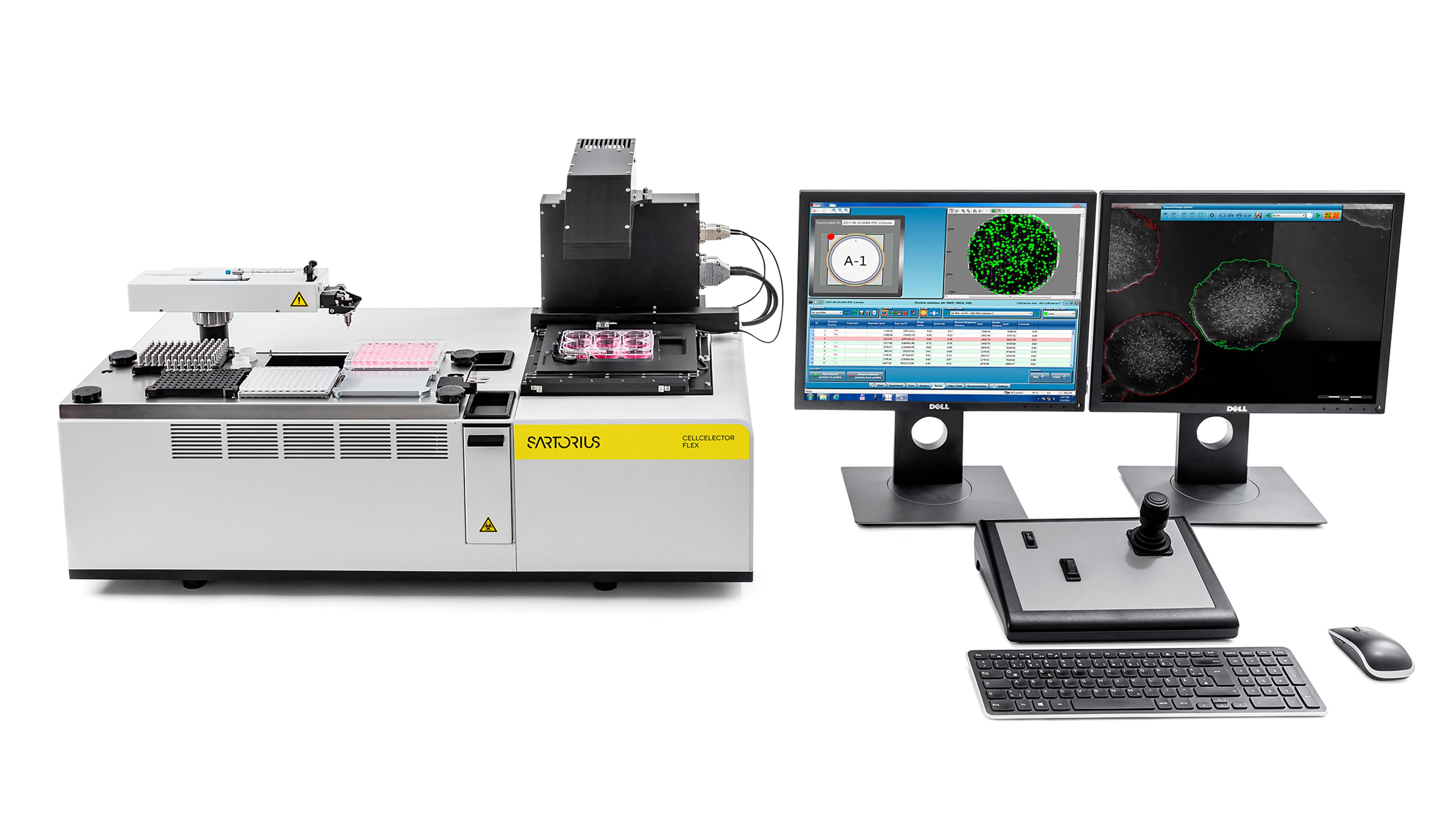Single-cell isolation: When art is not enough
How automated, single-cell isolation systems are transforming single-cell screening and cloning workflows for cell line development
8 Nov 2022
There is an art to doing bench science. From the simple pouring of a polyacrylamide gel to the more grueling tasks like single-cell isolation, scientists spend years mastering these techniques. But there are limits to art. For example, a biopharmaceutical company developing therapeutic monoclonal antibodies needs a fast and reliable way to isolate thousands of B-cell clones or hybridomas. Automated, single-cell isolation systems with precision robotics like CellCelector by the Sartorius Group address this critical need, by providing one-day workflows, with significant benefits compared to fluidics-based alternatives. In this article, Dr. Andris Abramenkovs, Product Manager at Sartorius, shares how CellCelector transforms single-cell screening and cloning workflows, the unique nanowell arrays, and some of the applications with this technology.

Why might we study single cells versus a cell population? For what applications is it important to have single cells?
Nearly all cellular systems are heterogenous. A comprehensive understanding of single-cell heterogeneity within a cell population by looking at the RNA, DNA, and protein profiles of individual cells can tell us so much about cell fate and function in both healthy and disease conditions. Traditionally, studies investigating different cells and tissues have used bulk analysis assays, where hundreds to millions of cells may be analyzed together. But these methods may not reflect the heterogeneity present in the sample.
Studying single cells versus the cell population gives you more understanding of cellular pathways that ultimately impact the development of therapeutics. Single-cell isolation is an essential step in these experiments. Common single-cell isolation applications include analysis of circulating tumor cells (CTCs), rare single cells, fetal cells, and CRISPR single-cell cloning, among others.
For example, during single-cell cloning, after CRISPR/Cas9 editing of mammalian cells, you might need to isolate single cells with the desired mutation away from wild type cells. Or, when investigating tumor heterogeneity, CTCs must be isolated in high purity from a highly heterogenous background in order to analyze single-nucleotide polymorphisms or perform whole genome sequencing of the individual cells.
People who are familiar with single-cell isolation call it an art form. Why is that?
Isolating single cells that are both viable and monoclonal is really hard. Conventional methods have some big limitations for doing this. For example, limiting dilution is a difficult method to master – you start with a multiclonal population, then do rounds of dilution in multi-well plates until you end up with one cell. Not only is the limiting dilution method a very resource-intensive and time-consuming process involving many plates, there are also no guarantees – you can screen hundreds of plates and not get viable cells. Consequently, this method is also not ideal for isolating rare or delicate cell types.
Another alternative is fluorescence-activated cell sorting FACS, but here there is the problem of mechanical stress on the cell, which really impacts viability.
Multiple technologies are now able to streamline single-cell isolation in cell line development or other high-throughput screening/cloning workflows. For example, there are several advanced instrument systems out there for cell retrieval so that downstream analyses can be performed. The key differentiators between these systems comes down to retrieval speed and efficiency, throughput, cell viability, and of course cost and maintenance. Most instruments have something they do well, but CellCelector basically checks all the boxes and gives you real-time visual of the picking process. And from a versatility standpoint, there is just nothing quite like it.

CellCelector is a highly versatile automated single cell and colony picking system. Can you tell us more about this?
First, CellCelector is an impressive piece of technology that combines a powerful high-content imaging system with a fully automated cell-picking robot. Its patented picking technology gives you extremely quick scanning and picking speeds, which is important for industrial settings. But most importantly, it’s gentle. So, it does not alter the biology of the cell and gives you one of the highest outgrowth rates in the industry. In terms of flexibility, it can detect, select, and isolate anything – single cells, clusters, even complex cultures like spheroids and organoids, tissues, as well as single-cell clones and adherent colonies from a variety of liquid and semi-solid media. This flexibility really sets CellCelector apart from other platforms.
Can you talk about the CellCelector nanowell arrays and how they are used?
The nanowell arrays are unique to the system and are specifically designed for high-throughput single-cell screening and isolation, as well as single-cell cloning workflows on the CellCelector. They are easy to use and a more cost-effective alternative to limiting dilution and FACS-based methods.
For example, in a conventional limiting dilution protocol you might have about two dozen 96-well plates that give you around 2500 wells total and if everything goes right, 400 viable clones of un-verified clonality. Now compare that with 100K nanowells on a 24-nanowell array. You get away with higher seeding density, which the cells like, and over 7000 viable clones with proven monoclonality. In addition, the nanowell volumes range from 4 nL for single-cell cloning to 21 pL for isolating rare cells. These arrays all open from the top, so they are designed to help with cell retrieval while preventing cross contamination.
What are some of the other applications for the CellCelector?
CellCelector is great for a range of research areas including cell line development, biologics development and stem cell research. In cell line development for bioprocessing applications, the system can be used for single-round generation of clonal pharmaceutical production cell lines with integrated monoclonality and viability assessment of clones. You can go from plate of heterogenous cell population to monoclonal, viable, and productive clones in one day.
For stem cell applications, you get extremely gentle, highly specific clonal passaging of stem cells and stem cell colonies, as well the ability to isolate specific parts of a stem cell colony.
So, what about the art of isolating single cells versus automated methods?
We still need both. But for the labs that need a flexible, high-throughput system that gives them viable single cells, quickly and reliably, there is CellCelector.
Learn more about the CellCelector and nanowell plates and visit the SelectScience® Cell Line Development Special Feature to learn more about applications of this technology.


